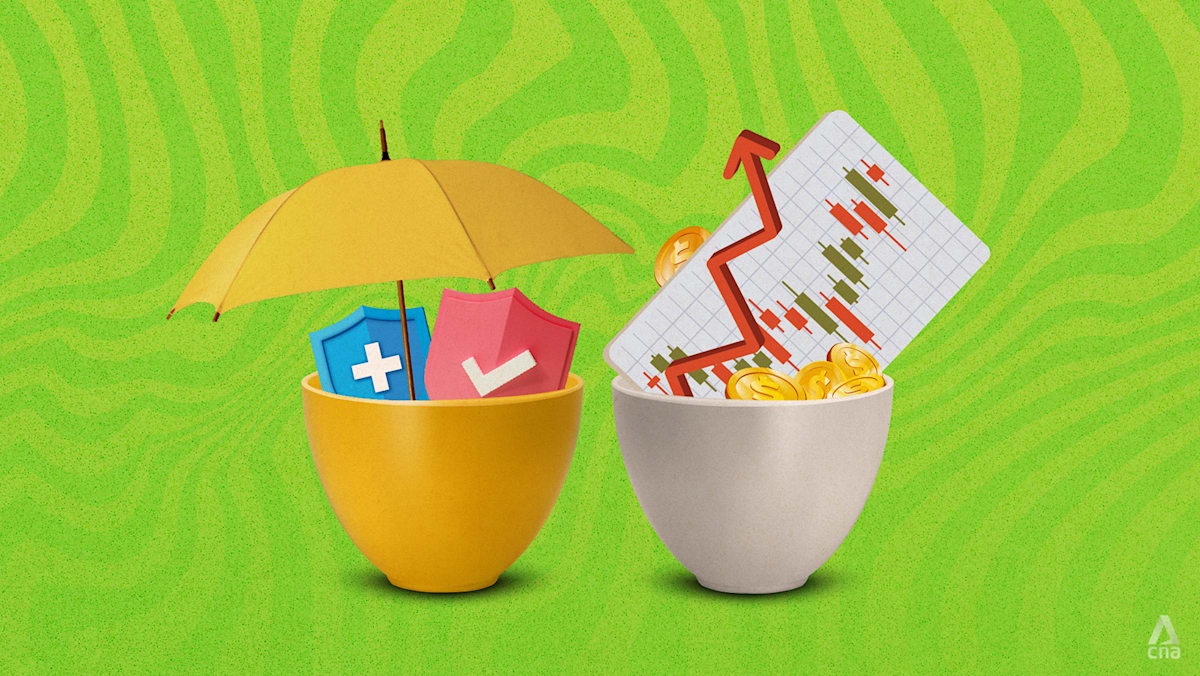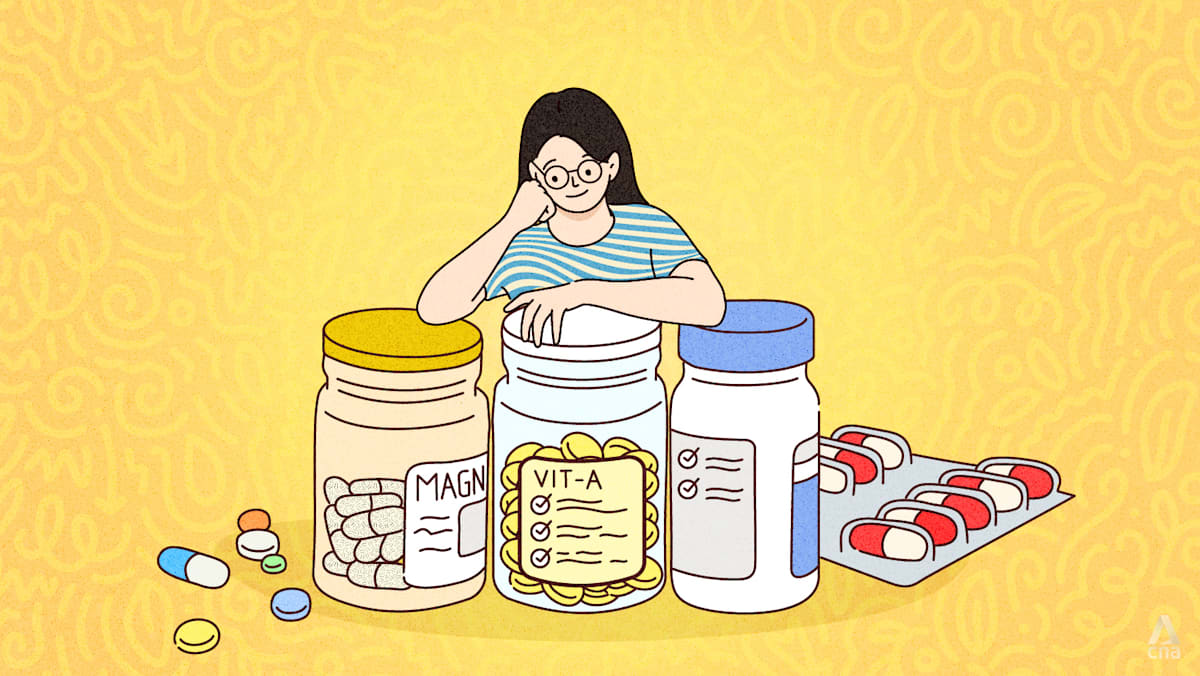How well an ILP does depends on the funds you pick, which can go up or down with the market. And no matter what happens, it is the policyholder, not the insurer, who takes on all the investment risk.
Over the years, several readers have come to me complaining that they’ve been investing regularly through their ILP but have seen negative or muted returns.
A friend’s mother diligently invested S$6,000 every year for the last decade, only to see negative returns until she finally terminated it in 2024 once her daughter found out.
She recovered just S$30,000 of the S$60,000 paid. She has since reinvested in a low-cost global exchange-traded fund (ETF) that charges less than 0.05 per cent fees every year.
Similarly, on online forum Reddit, a disgruntled Singaporean revealed that after 10 years, her ILP is still worth less than her total premiums. Such cases show why it is crucial to understand how ILPs work and why their costs and risks can outweigh the convenience they promise.
THE PROBLEM WITH HIGH FEES
Even if your ILP makes money, the fees will eat into your gains.
Insurers often bundle sub-funds into different portfolio options, but investing in them through an ILP means paying multiple layers of charges – you are paying fees to fund managers, insurers and commissioned agents.
In the early years, much of your premiums go towards sales commissions, administrative charges and other fees rather than your investments.
Even with “welcome bonuses”, usually offered by insurers for the initial years to offset this, total fees often add up to 2 per cent or more of your investment each year.
Welcome bonuses may help offset fees in the first few years, but ILPs are meant to be held for decades, which means consumers need to ask whether they are truly willing to pay these fees over decades.
In contrast, if you go through a brokerage, you could buy some of the same funds directly, or even a lower-cost ETF that is traded on the stock exchange and tracks a similar benchmark such as the Straits Times Index (STI). The STI is Singapore’s key stock market benchmark, made up of 30 of the country’s biggest listed companies including banks such as DBS, OCBC and telecommunications firm Singtel.
Fees for such ETFs are much lower, at just 0.26 to 0.30 per cent a year.














